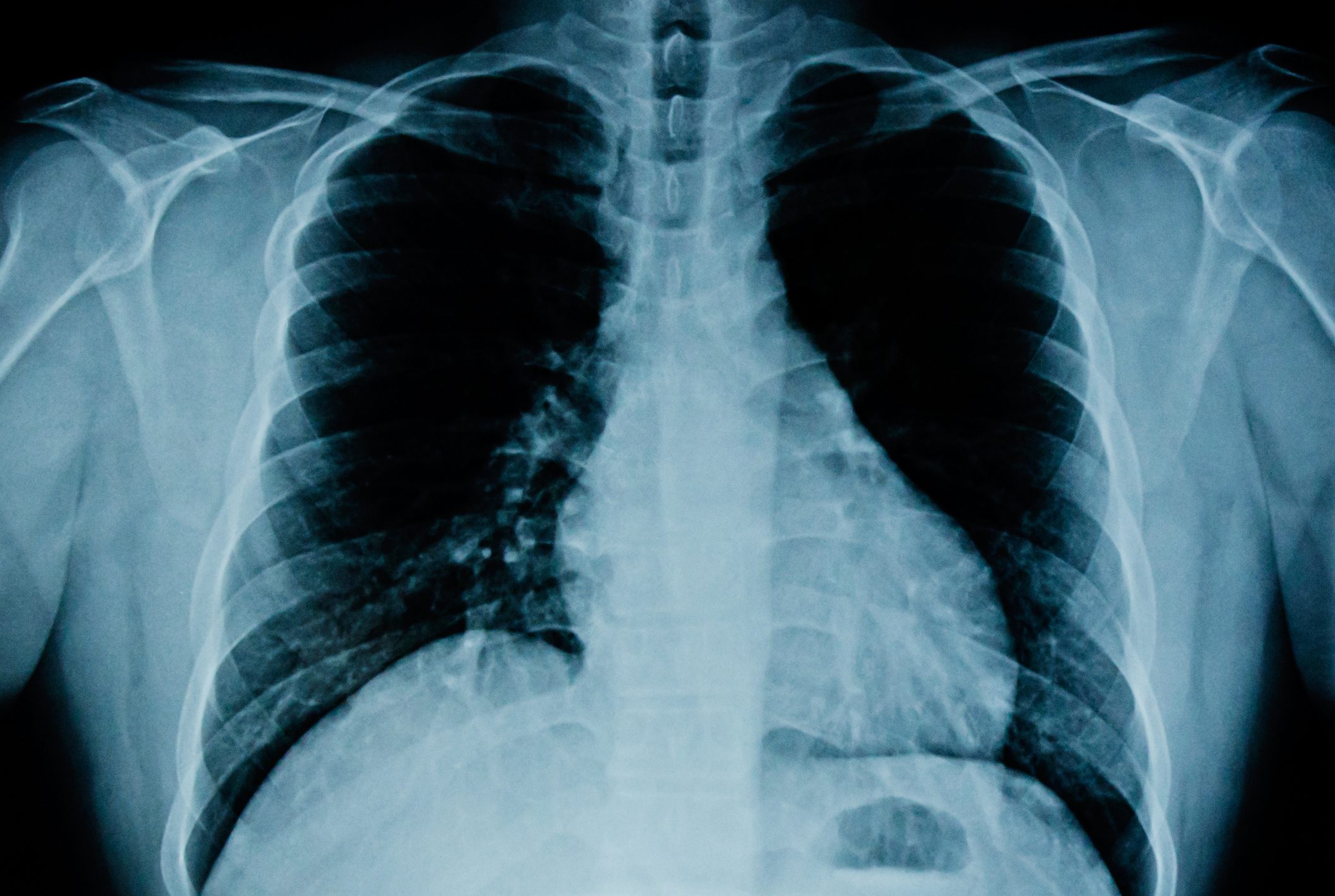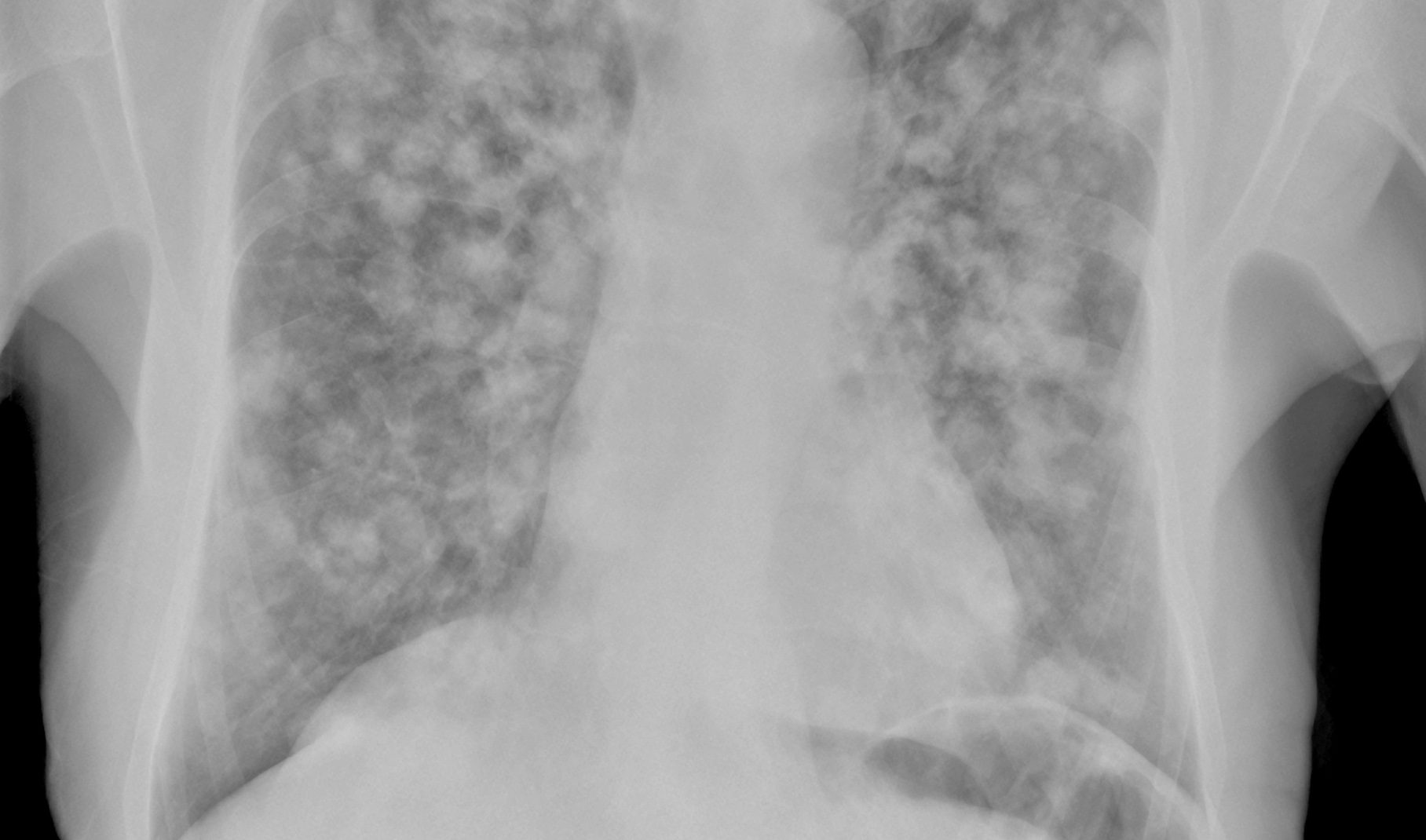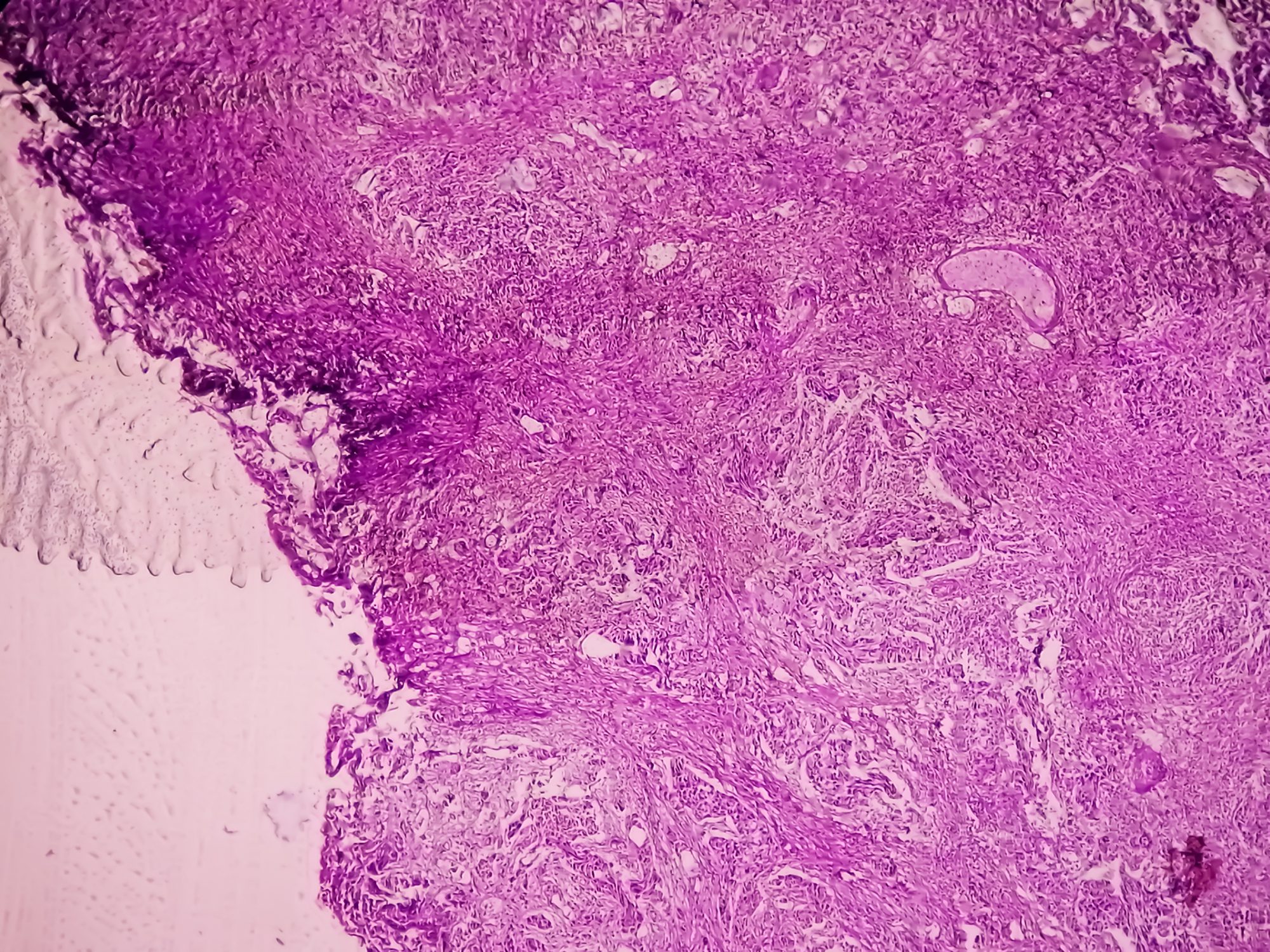Numerous studies suggest little improvement in gonarthrosis with surgical intervention. Nevertheless, an excessive number of arthroscopies are performed – also in Switzerland.
About a quarter of all people over 45 suffer from pain due to gonarthrosis, one of the ten most common disabling diseases in industrialized countries. These and other effects of the disease have a significant impact on the quality of life: 80% of patients are limited in their mobility, 25% can no longer perform everyday tasks [1]. The only definitive therapy is surgery. However, this is only indicated if conservative therapy cannot sufficiently ensure freedom from pain and mobility for at least six months [2]. Nevertheless, too many operations are still being performed.
Only marginal improvement through surgery
At the same time, surgery does not automatically mean patient benefit. A meta-analysis that evaluated 13 RCTs and 12 observational studies was rather critical of the benefit of arthroscopic surgery. While it finds weak evidence that these interventions are safe and mostly free of complications. But the authors are skeptical about its effectiveness.
In terms of pain relief, surgery can reduce pain levels by an average of 20 points on a 100-point scale in the first three months. Under non-surgical therapy, patients achieve a reduction of 15 points. This slightly better outcome of the surgical approach is put into perspective in the long-term effect: after two years, pain has improved by 19 points under non-surgical treatment, and is 22 points lower after surgery. However, the stress for the patient is greater in the period immediately after surgery: over a period of 2-6 weeks, the patient suffers from more severe pain, knee swelling and limited mobility.
Surgery also does not significantly improve mobility compared to non-surgical therapy. Therefore, the authors consider the long-term effect of arthroscopic surgery on quality of life to be marginal [3]. The minimal superiority of surgical intervention raises the question of whether knee surgery is justified to this extent, given the associated implications for the patient and the high cost burden.
Still too many interventions
No, say researchers from the Institute of Family Medicine at the University of Zurich, who compared the number of knee operations between 2012 and 2015 on behalf of the Swiss Academy of Medical Sciences (SAMS). They wanted to know if surgical interventions had reduced in light of the numerous studies that found no advantage of surgical treatment over non-surgical therapy. The study included accident-free individuals over 40 who underwent arthroscopy. Other parameters were the frequency of osteoarthritis, concomitant measures such as physiotherapy, and insurance status (supplementary insurance, level of deductible). The results were sobering: while the number of surgeries actually fell by 18% among those aged 64 and older compared with 2012, they remained unchanged among those aged 40 to 64. As a result, many unnecessary knee operations would still be performed in Switzerland. In addition, the study authors found that surgeries were performed significantly more often on patients with supplemental insurance. Surgical interventions would thus be financially supported [4].
Non-surgical therapies work and are less expensive
In order to reduce the high number of operations again, experts recommend, among other things, better patient education regarding the expected results of surgery and the promotion of conservative treatment methods as part of a study conducted by the Bertelsmann Foundation. These include weight control, targeted muscle building, sufficient exercise, and drug approaches [5]. Thus, paracetamol is the drug of first choice for mild to moderate pain. If efficacy is insufficient, NSAIDs or opioids may be used, taking into account comorbidities and toxicity risk. Topical medications are characterized by good tolerability and uncomplicated self-management. They are a good option especially for periarthropathies. Intra-articular glucocorticoids can be administered if there is inflammatory activation of osteoarthritis. The efficacy of hyaluronic acid preparations for the treatment of non-activated gonarthrosis with sufficient residual cartilage is also well documented.
Literature:
- Mahir L, et al: Impact of knee osteoarthritis on the quality of life. Ann Phys Rehabil Med 2016; 59s: e159.
- German Society for Orthopaedics and Orthopaedic Surgery (DGOOC): Gonarthrosis. S2k guideline. Status 01/18/18.
- Brignardello-Petersen R, et al: Knee arthroscopy versus conservative management in patients with degenerative knee disease: a systematic review. BMJ Open 2017; 7 :e016114.
- Muheim LLS, et al: Inappropriate use of arthroscopic meniscal surgery in degenerative knee disease. Acta Orthopaedica 2017; 88(5): 550-555.
- Bertelsmann Stiftung, ed.: Knieprothesen – starke Anstieg und große regionale Unterschiede. 2018.
GP PRACTICE 2019; 14(6): 24












